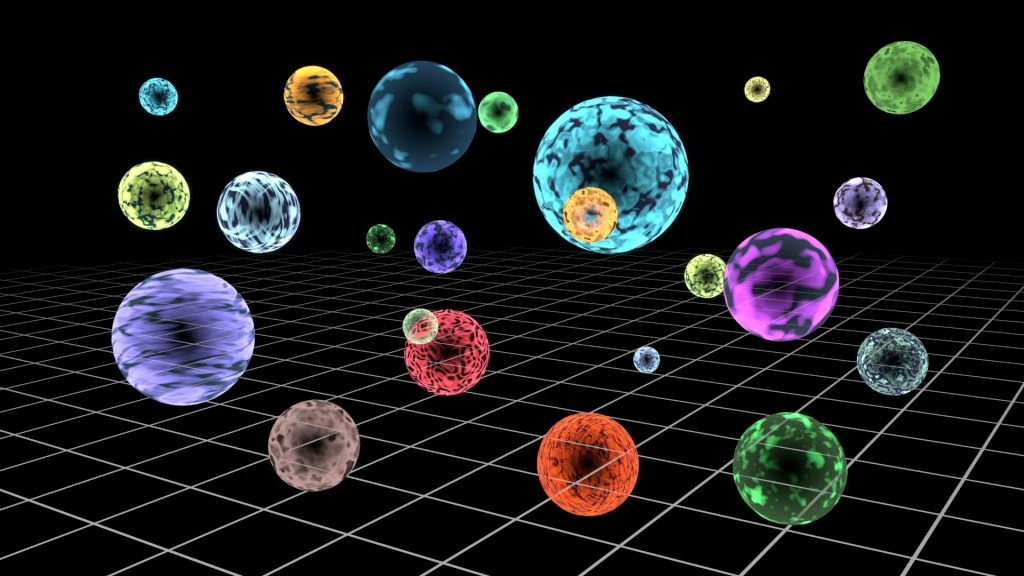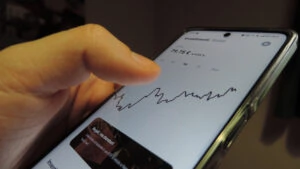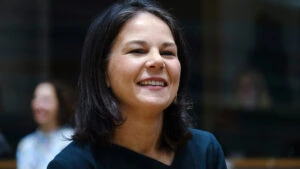Google caused a stir with the recent presentation of its latest quantum computer chip “Willow”. The impressive performance of the chip was less surprising than a hidden message in the blog entry accompanying the announcement: The computing power could be explained by the existence of parallel universes.
Hartmut Neven, founder of Google Quantum AI, writes in his blog post:
“Willow’s performance on this benchmark is astonishing: he performed a calculation in less than five minutes that would take 10^25 or 10 septillion years on one of today’s fastest supercomputers. Written out, that’s 10,000,000,000,000,000,000,000,000,000 years. This incredible number exceeds known time scales in physics and far exceeds the age of the universe. This supports the idea that quantum computation takes place in many parallel universes, consistent with the idea that we live in a multiverse – a prediction first made by David Deutsch.”
Theoretical background and critical voices
The theory goes back to the physicist David Deutsch, who hypothesized in his 1997 work “The Fabric of Reality” that quantum computers perform their calculations simultaneously in several universes. Google now suggests that the extreme speed of the Willow chip supports this hypothesis – a claim that is the subject of controversial debate among experts.
German physicist and science communicator Sabine Hossenfelder was critical of Google’s announcement. “The concrete calculation only serves to generate a random distribution,” she explained on Twitter. “The result of this calculation has no practical use.” She went on to explain that this specific task was chosen because it had been formally proven to be particularly difficult to perform on conventional computers due to the quantum entanglement required. This is what makes the spectacular comparisons with computing times of “septillions of years” possible.
Technical specifications and mode of operation
The Willow chip works with 100 qubits (quantum bits). In contrast to conventional computers, which work with a binary system of zeros and ones, qubits can assume three states thanks to the phenomenon of quantum entanglement: on, off or – counterintuitively – both at the same time. Quantum entanglement makes it possible for particles to influence the state of other particles, even at a distance.
Challenges remain
The central challenge of quantum computer development remains the susceptibility to errors: the more qubits are used, the higher the error rate. Whether quantum computers will ever be reliable enough to exploit their full potential is still unclear. However, Google emphasizes that the Willow chip was developed specifically to reduce this error rate.
The announcement marks another milestone in quantum computing, but at the same time raises fundamental questions about the nature of our reality. The scientific community will intensively discuss the practical implications of this development in the coming months.






